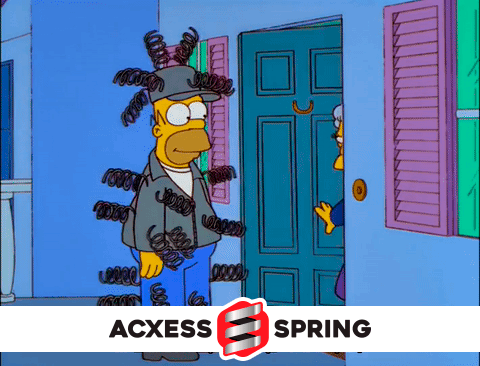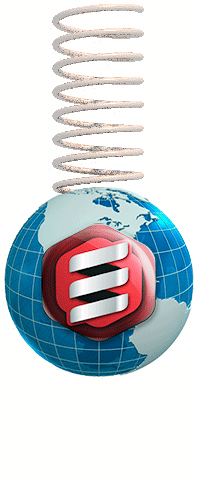When I began working in the spring industry, I didn’t realize how complicated and vast springs were. It is not always easy to understand the many aspects of springs unless you really dive into the subject. That is why there are several misconceptions that we want to discuss and clarify.
1.) Thinking that all compression springs can compress down to solid height.
Springs have an elastic limit which depends on the proportion of their physical dimensions along with the material type. Every spring has an elastic limit and this is as far as it should go, for some springs the elastic limit could be solid height but definitely not for all. Since not all springs can compress down to solid height it is important to always verify what is the elastic limit of the spring you are using.
Some factors that can prevent a spring from safely going down to solid height are: If the spring’s coils are wound too tight, if you have a lot of pitch in comparison to the free length, and/or if the material type selected is too tough. If you try to push a spring past its elastic limit, it will take a permanent set or break thus ruining your spring…
FOR EVER!
Yes, you read that right. You cannot possibly repair a spring after it has taken a set. The set causes your spring to lose its elastic memory so it won’t return to the free length and you it will likely lose its force.

2.) Thinking that more coils make your spring stronger.
When it comes to spring design less is more. The less coils you have, the more pitch you will have in between them thus having a more stressed and stronger spring. Having a bunch of coils will give you more elasticity because it is under less stress and this will make your spring weaker.
3.) Thinking a spring only needs to fit in an application for it to work.
Let’s say you are working on a new device or application and need a spring to put inside this device. You can’t simply pick a spring that “fits” because the outer diameter and free length are the right size. There are several other parameters which you must take into consideration. Things such as how much force you need, and how much the spring will really give you, how much deflection is required, and if the spring will be able to perform in the environment it is being placed into.
4.) Thinking that spring companies will actually know the make and model of the spring in your flashlight, couch, car, retractable pen, or any other device or application you keep at home.
This happens on a daily basis. You might have a favorite pen you like to use. It’s light, the strokes it leaves behind are flawless, and that's great. Now let's say one day the spring comes off and it gets lost. Losing the spring to a retractable pen is the most irritating thing in the world, specially if it's your favorite one. You may want to purchase the spring to make your pen functional again but it isn't always the most viable option. Spring makers will have no idea what spring you need without dimensions. We make millions of springs for millions of devices on a daily basis so we don’t exactly keep track of all that. You will need to know the dimensions of the spring you want to get in order to order it.
5.) Thinking that small springs are weak.
Technically, this is sometimes true but it IS NOT always the case.
Yes, the strength of a spring can sometimes be determined by its size since the larger the wire diameter, the more you can increase the rest of your spring's dimensions and force. However, having a strong spring is really based on the proportion of the physical dimensions and the material type not solely on the size.
If your small spring has a tight index and a small number of coils, it will be one strong, small spring. On the other hand, if you have a larger spring but you have a thin wire diameter and very many coils, you will have a very weak, large spring.

These are the common misconceptions I have dealt with while working in the spring industry. I, myself, had these misconceptions before working here. Please, contact us to let us know what misconceptions you may have had before learning a bit more about the world of springs. If you’re working on a design, you may also speak to our experienced engineers and they will be able to resolve whatever questions you may have. Contact us now!




 Español
Español